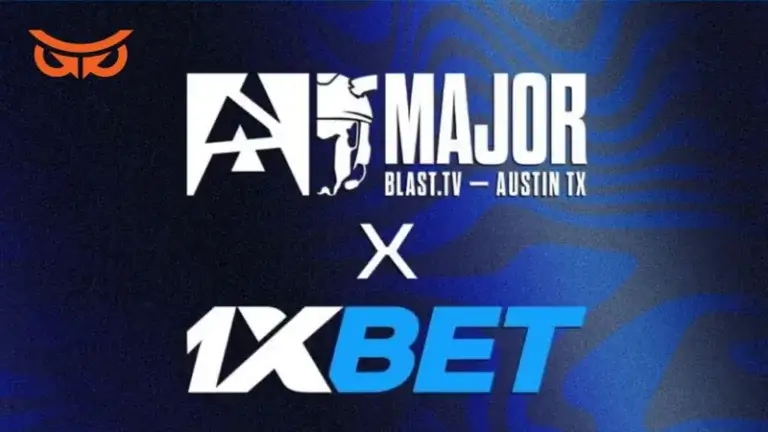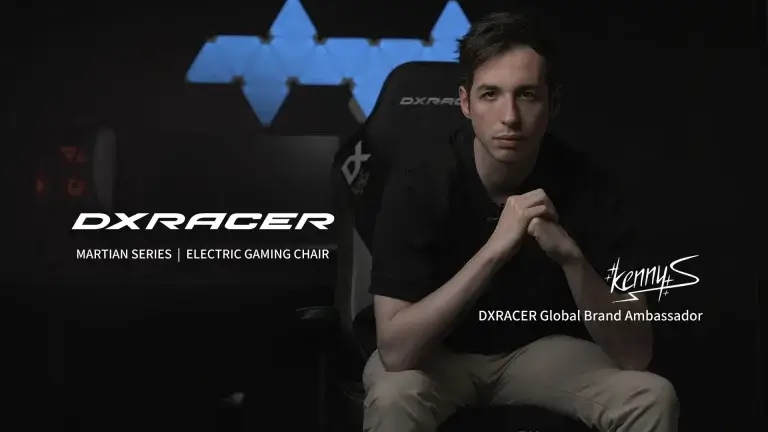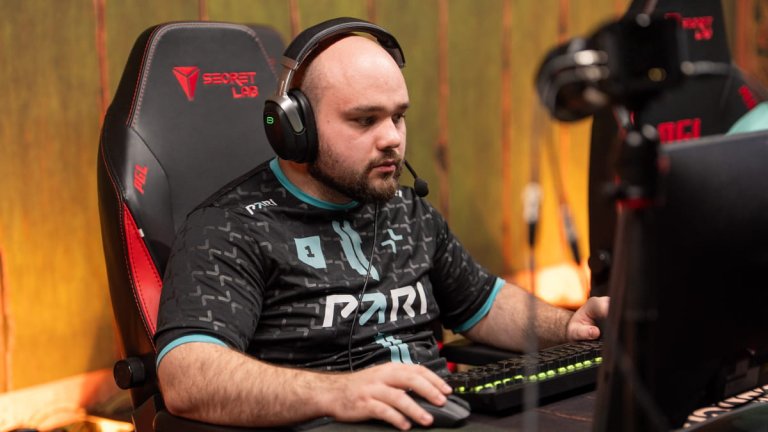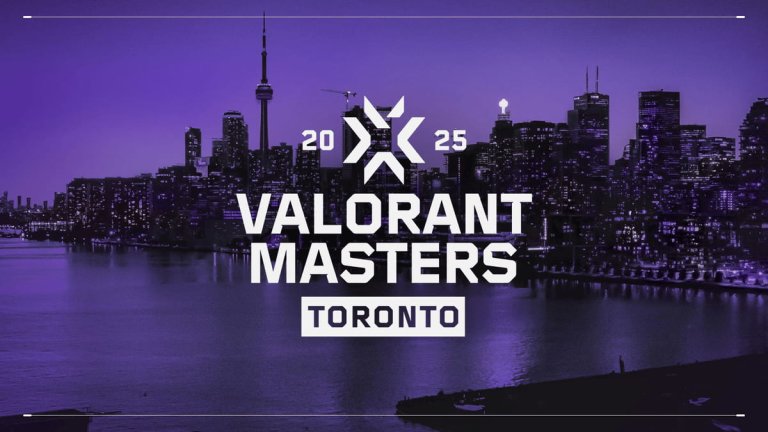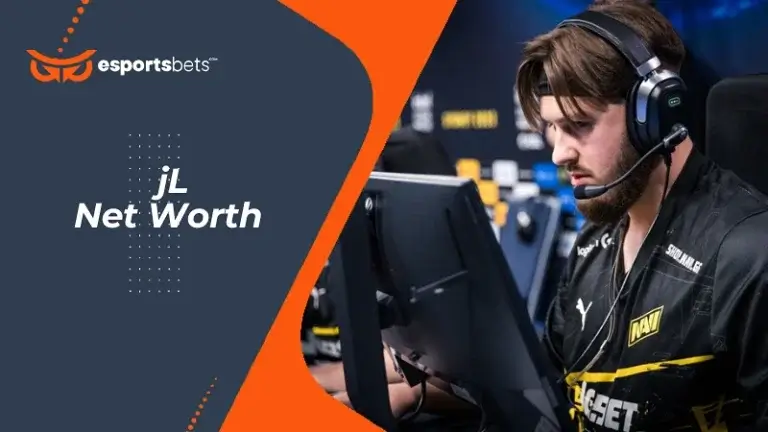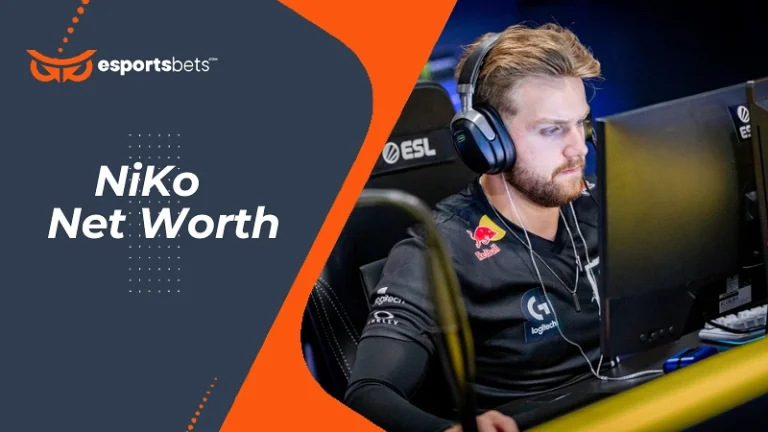Why We Need Women In Esports, Not Esports For Women
Gender inequality is an issue gaining attention all across the world. There is no doubt that in many societies around the globe, people judge women more harshly and pay them a good deal less, than a male colleague performing a similar role.
Unfortunately, in the emerging world of esports, this trend seems to be continuing. A report in January by bleedingcool.com revealed a staggering 718 percent pay gap between top male esports champions compared to their female counterparts.
The highest-earning male player is Kuro “KuroKy” Takhasomi. The Dota 2 star has earned $3,480,833 from his abilities in the game. In contrast, the highest-earning female player is Sasha “Scarlett” Hostyn. She has won $197,172 and is one of the best female Starcraft 2 players.
With all top earners in esports gaming ranked regardless of sex, Hostyn finds herself 346th on the list. Three hundred forty-five men rank ahead of her.
What’s caused this?
One popular theory is that there are not as many esports women players as men. But the research does not bear that out. Since 2010, the percentage of female esports gamers has fluctuated between 40 and 48 percent, meaning just under half the people you play against online are likely to be women.
Another consistent suggestion is that women simply are not as good as their male counterparts when it comes to esports. That, however, is a dangerous and potentially sexist statement. It is uncorroborated by the evidence when you compare female players to male players. For example, Hostyn’s skill set is not vastly different than the highest earning male Starcraft II player, Jang Min-chul. Yet the Korean ace has earned $506,725, considerably more than Hostyn (although over a longer period).
Similarly, women who play esports such as CS:GO regularly perform as well as their higher-earning male colleagues. So what are the barriers stopping female players from earning as much?
Barriers to women participating in esports
To my mind, there are a number of different issues that, when combined, provide a somewhat impenetrable barrier for women in esports to earn as much as their male counterparts.
Misogyny
Yes, good old fear and hatred of women is alive and well in the world of esports. One of the most common deterrents to girls playing esports is the boys playing. Young women will often face comments, jokes, and abuse simply based on their gender or sex. Furthermore, female gamers often report that this abuse can quickly turn vile and personal.
Now with chat logs, it is easy to root out the culprits and ban them. But this is such a common occurrence that it seems incredible that greater action isn’t taken to root out the behaviour.
One pitched solution is to have female-only tournaments and competitions. While well-meaning, I think this is another huge barrier to female inclusivity. (More on that in a second.)
I also think there is a degree of misogyny in place when it comes to top teams selecting players. I find it remarkable (and unbelievable) that at the start of the recent Overwatch World League, only one team, the Shanghai Dragons, signed a woman — Kim “Geguri” Se-yeon. It’s a norm bordering on a belief that at the highest level of esports, you need to pick a roster of all-male players to succeed.
It surely cannot be the case that the 50-60 percent of male players in esports writ large are nearly all better in terms of ability than the 40-50 percent of female players.
Cultural and societal expectations
Another barrier to gender equality in esports is simply how many societies view women’s relationship to video games, competition, and entertainment. Some people still feel it is unseemly for girls to play games that involved battles or combat, even if there is a strong strategic and intellectual element within the game.
It’s no secret that early in life, most girls are encouraged toward different forms of expression and entertainment than boys. This often sees young women conforming away from esports as a passion or potential career track.
Esports tournaments exclusively for women
Let’s move onto the crux of my argument and perhaps its most controversial aspect. When esports started, it began as a male preserve and remains so to this day. Female players at the highest level are still rare but growing in number. Therefore, to “encourage” them, a number of female-only esports tournaments have been set up. Some run in conjunction with events for men.
March’s Copenhagen Games, for example, ran CS:GO tournaments for both male and female teams.
The male-dominant mindset in esports came to the fore once again when the organisers named the male tournament as the “Main Tournament” followed by the women’s event as the “Female Tournament.” What does that tell you about women’s roles in esports?
And the prize pools for each event? Men in the “Main” event competed for a $100,000. Women, although playing in a longer (and therefore more demanding) tournament, played for a prize pool of just $25,000.
That’s not an isolated incident. Wherever women are “encouraged” to compete in esports events, they regularly play for prize pools just a fraction of what is on offer for their male counterparts. This pay inequality is one of the single most unfair aspects of esports gaming and a huge barrier to expanding women’s participation.
What’s the solution?
There isn’t an easy solution. Esports is by no means the only sport or industry struggling to mend or alleviate gender inequality. It is also fair to say movers and shakers in the industry are trying to close the gender gap. However, the progress is slow.
Here’s the proposals I would put together to promote more equality in esports gaming.
- Two-strike rule – This element is very simple. If you use hate speech to other players in any form, then you get two strikes. The first time, you serve a ban of a month. Second time, you are banned for life. Hate speech of course includes misogynistic comments, as well as comments about race, ethnicity, sexual orientation, etc.
- No more women-only esports tournaments at the highest level – While I think women-only events are a positive thing at lower levels of competition, providing a stabler and friendlier community for younger esports gamers to learn their skills, at the highest level, it is unfair to expect women to play the same games as men for a fraction of their pay. The problem is sponsors will not pay the same for a female-only esports tournament as they will a men’s. The sensible approach to this is to ban female-only events at the highest level and then we do the following…
- No more men–only esports tournaments at the highest level – If we are being fair about this, then there should be no more male-exclusive esports events either. Of course, I don’t mean stop competition, but I do mean ensuring that we get a fair representation of male and female players competing together and against each other for the same prize pool. That means a roughly 50/50 representation of both sexes when it comes to the make up of the teams and competitors in each esports event.
Looking ahead
It is this last move that would radically alter the esports landscape and many critics will argue will lessen the quality of the competition. I’m not so sure. I don’t believe a good female esports player is necessarily a poorer player than a good male esports player.
I just don’t believe female esports players have the same opportunities to play and earn as male players do. Based on the evidence we have, the inequality is created by the male-led expectations of the esports community and the organisation of their events, not by the female players being less skilled than male counterparts.
By creating an environment where women are valued like their male counterparts, you remove many of the cultural and societal barriers women face when aspiring to play top-level esports.
It is up to the esports industry to grasp the nettle and take the steps needed to diversify esports gaming and make it more inclusive for all.
Whether they will be brave, conscientious, and proactive enough remains to be seen.














